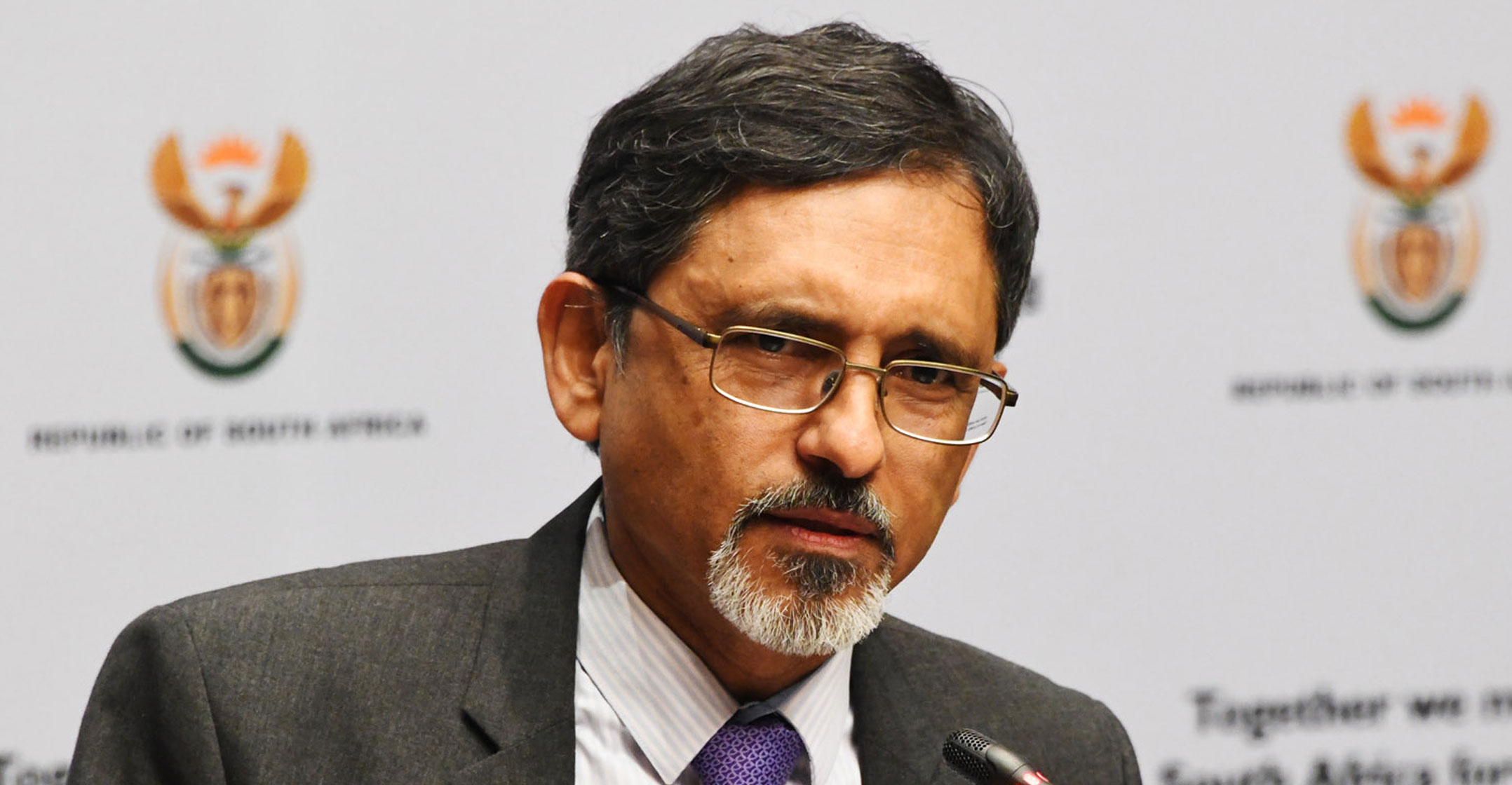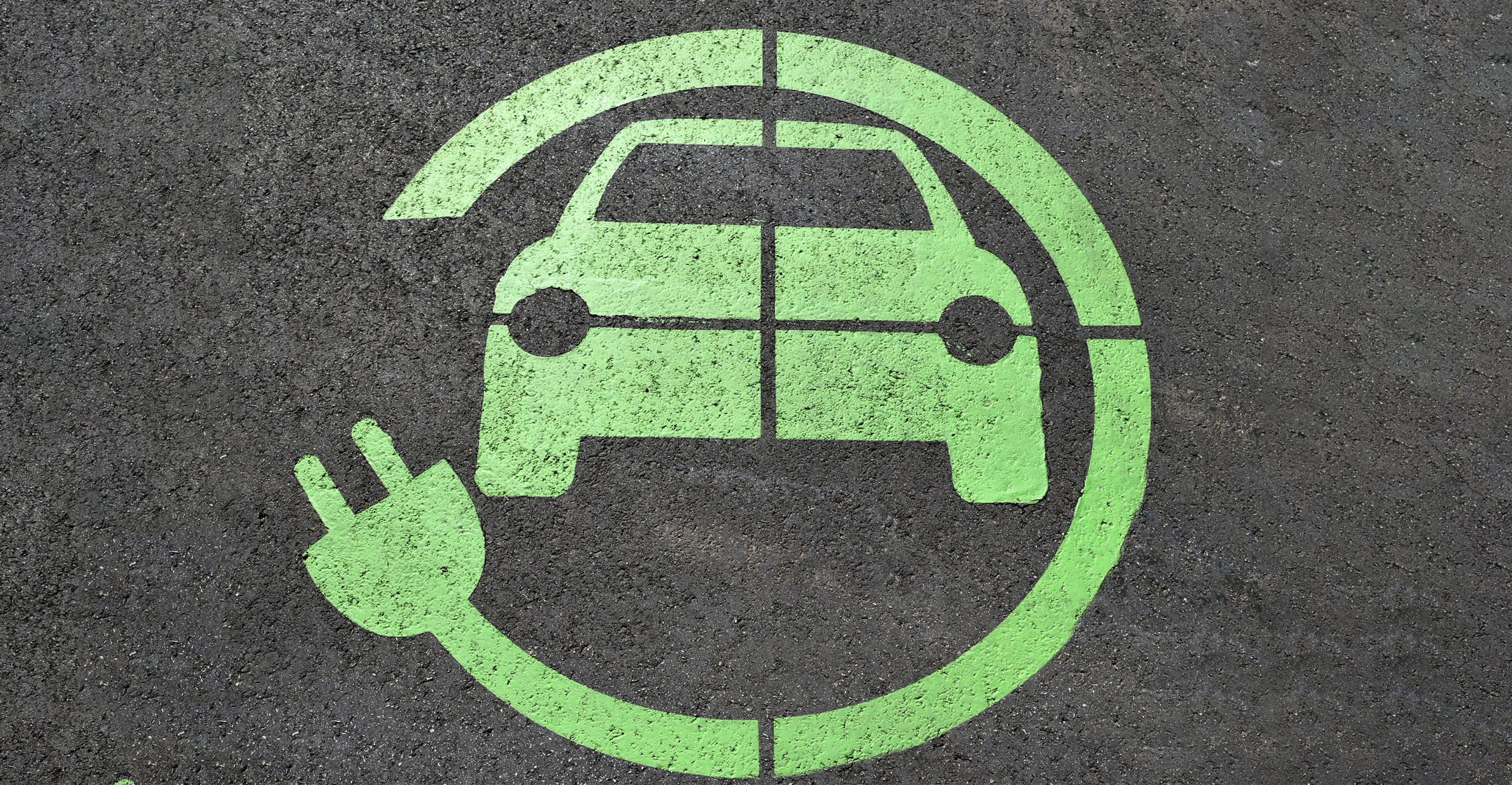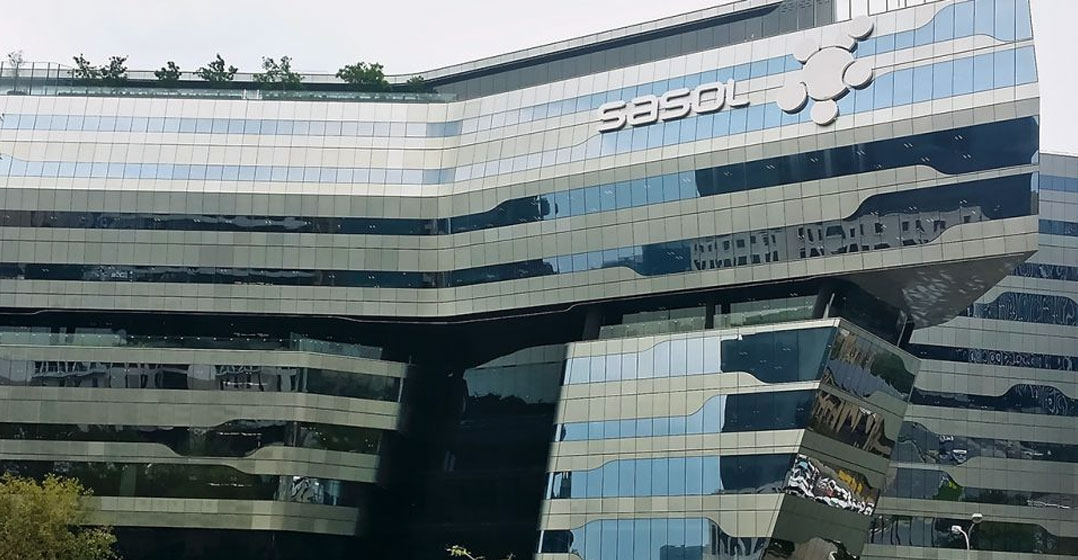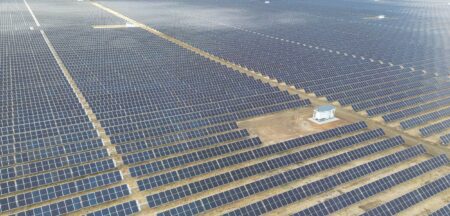
Government and automotive original equipment manufacturers (OEMs) are working towards accelerating the development of manufacturing capabilities for new energy vehicles in South Africa.
Naamsa, now known as the Automotive Business Council, has confirmed that it is in discussions with the department of trade, industry & competition on this issue and is keen on an early review of the South African Automotive Masterplan to incorporate the latest global developments with new energy vehicles.
The masterplan will be implemented from 1 July but global trends in the automotive industry have been accelerated by Covid-19, including several countries bringing forward the date from which internal combustion engine vehicles will be banned, resulting in global OEMs deciding to speed up the implementation of their electromobility strategies.
Naamsa CEO Mike Mabasa said last month that it will be impossible for South Africa’s automotive industry to meet some of the targets agreed in the Automotive Masterplan if it does not incorporate the recent changes that have occurred.
Mabasa said global multinational automotive companies need regulatory certainty about South Africa’s position on electric vehicles and electromobility. “It’s a very big deal for us because we produce vehicles that in the main are going into Europe,” he said. “Many European countries have already given us notice so we know for a fact that in the next nine to 15 years those vehicles produced in South Africa will not be going into those markets, which will have massive implications for our production capacity.”
Masterplan
Trade, industry & competition minister Ibrahim Patel confirmed this month that work on accelerating the development of manufacturing capabilities for new energy vehicles in South Africa is taking place through the platform of the Automotive Masterplan.
“In my first meeting with the sector during this administration in August 2019, I framed the challenge to the large car makers in South Africa, namely to take Africa’s largest car-making sector, which we have here, and future-proof it through the embrace of green technologies. The goal is electric vehicles, and as a transition we are now focusing on hybrid vehicles using a combination of electric and internal combustion engine technologies,” he said during a renewable hydrogen and green power fuels webinar co-hosted by EE Business Intelligence and the British high commission.
Toyota South Africa Motors president and CEO Andrew Kirby, who is also president of Naamsa, said the Automotive Masterplan will help the industry grow and develop its manufacturing base and re-industrialise South Africa.
 Kirby said the masterplan has been divided into some aspirational targets, including increasing local production volumes, creating jobs, optimising local content and transforming the entire value chain. But he stressed the importance of the “technology switch”, adding that the industry needs to look very critically at the hydrogen environment and technology, and how this technology can be localised to prevent it resulting in import replacement. If we don’t change the way we localise, over time the level of local content and of manufacturing value addition will slowly reduce as the portion of new energy vehicles starts to increase. This is a critical discussion we are having with industry and the DTIC (department of trade, industry & competition).”
Kirby said the masterplan has been divided into some aspirational targets, including increasing local production volumes, creating jobs, optimising local content and transforming the entire value chain. But he stressed the importance of the “technology switch”, adding that the industry needs to look very critically at the hydrogen environment and technology, and how this technology can be localised to prevent it resulting in import replacement. If we don’t change the way we localise, over time the level of local content and of manufacturing value addition will slowly reduce as the portion of new energy vehicles starts to increase. This is a critical discussion we are having with industry and the DTIC (department of trade, industry & competition).”
Toyota South Africa has already commenced its new energy vehicle transformation journey. It announced earlier this year that it has invested almost R3-billion in South Africa for the production of the new Corolla Cross sport utility vehicle (SUV) at its manufacturing plant in Prospecton in Durban.
The production of this new model is a significant milestone for Toyota South Africa because this will be the first time it manufactures a hybrid drivetrain vehicle.
Sasol and Toyota announced this month the formation of a partnership to commence exploration of the development of a green hydrogen mobility ecosystem in South Africa. They will jointly pursue the development of a proof-of-concept demonstration for a green hydrogen mobility ecosystem. They also intend to develop a mobility corridor and expand the demonstration to a pilot project using one of South Africa’s main freight corridors, such as the N3 route between Durban and Johannesburg, for hydrogen-powered heavy-duty long-haul trucks.
To initiate the project, Sasol and Toyota South Africa have decided it will be appropriate to pursue the introduction of fuel-cell trucks into South Africa because this supports the available research on fuel cell technology, which has shown that long distance mobility is better suited to fuel cell technology than battery electric trucks.
Partnerships
Sasol president and CEO Fleetwood Grobler said to unlock green hydrogen opportunities, the company is pursuing various demonstration opportunities and partnerships similar to that with Toyota with the aim of enabling and taking advantage of technology developments and breakthroughs.
“Our partnership with Toyota, which will include other partners over time, aims to build a sustainable end-to-end infrastructure for hydrogen mobility, initially focused on piloting the concept. One of the focus areas for Sasol in South Africa is to provide a comprehensive and sustainable mobility solution. Hydrogen and electric vehicles with refuelling and charging infrastructure form part of this sustainable future.
“We believe hydrogen mobility is a real opportunity for the country to decarbonise the sectors of long-haul and heavy-duty transport, mining and others, and see the creation of hydrogen hubs, or ecosystems, as a practical and affordable way to scale the deployment of hydrogen in the transport sector,” he said.

Kirby said Sasol’s aspirations and commitment to green hydrogen fit in with Toyota’s global agenda towards a cleaner and greener future. It also makes sense to partner with Sasol given its commitment to developing hydrogen mobility infrastructure in South Africa, which is a much-needed enabler to introduce hydrogen products to the country, he said.
Patel said there is growing international interest and momentum in green hydrogen for the production of clean energy, which is a key factor involved in hydrogen’s use for solving daunting decarbonisation challenges and transforming high-emission industries such as steel, cement, transport and petrochemicals towards cleaner production.
Patel said hydrogen is potentially the missing piece in the puzzle towards attaining net zero emissions by 2050 in line with the Paris Climate Agreement of 2015.
Patel added that South Africa is well positioned to capitalise on the rapidly developing global hydrogen economy and can become an exporter of cost-effective green hydrogen to the world, particularly to countries that have limited renewable energy resources to produce hydrogen competitively.
“In addition to good environmental conditions, we are also well endowed with a key ingredient critical for the hydrogen economy. The platinum group metals PGMs are used in the electrolysers needed to produce green hydrogen as a fuel in hydrogen fuel cell electric vehicles,” he said.
Patel said South Africa has more than 80% of the world’s platinum reserves and there is strong interest in supporting the long term sustainability of the industry and developing new markets and applications for platinum.
‘Competitive advantage’
“Our resource endowment has to be translated into a competitive advantage for value-added manufacturing that can contribute to job creation, investment and the export of hydrogen and value added platinum-based fuel cells,” he said.
Grobler said decarbonisation for Sasol is a strategic imperative and it is its aspiration to play a leading role in the establishment of a hydrogen economy for South Africa.
He said Sasol intends to be a global player in the emerging power-to-liquids projects, especially in the production of sustainable aviation fuel, and is currently evaluating several opportunities to leverage its assets and technology to support South Africa’s energy transition.
“We are in the unique position where we can repurpose existing Sasol facilities and new investments to produce green hydrogen and a range of blue and green fuels and chemicals for the South African and export markets,” he said. “We are in the process of exploring this in Sasolburg and Secunda. In addition, standalone greenfields projects are also being studied.”
- This article was originally published on Moneyweb and is used here with permssion




